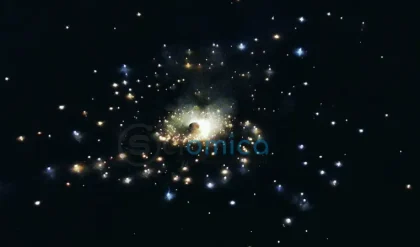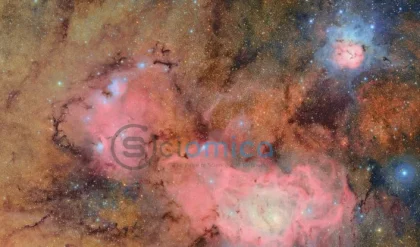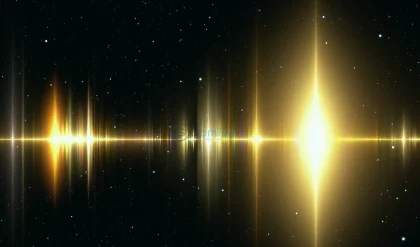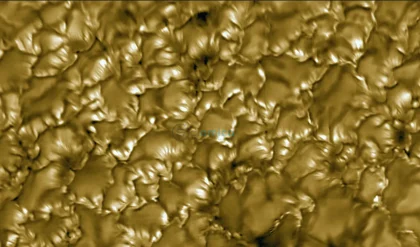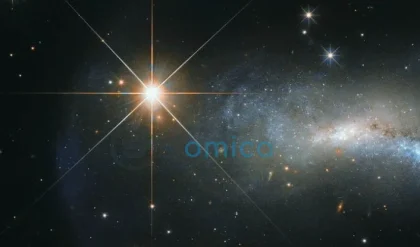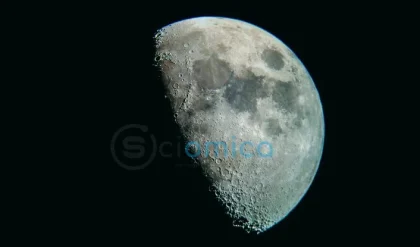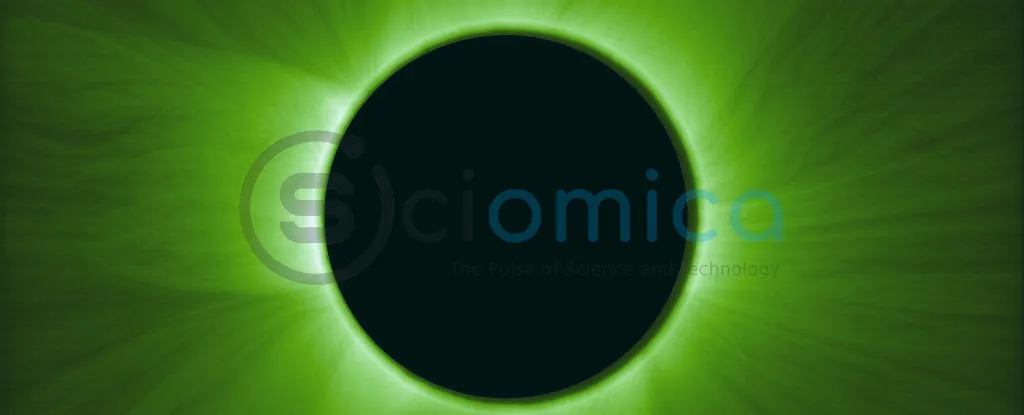
In an extraordinary leap for solar observation, the European Space Agency’s Proba-3 satellite observatory is set to revolutionize our understanding of the Sun’s corona by simulating a solar eclipse every 19.6 hours. By utilizing a unique formation-flying technique involving two spacecraft, Proba-3 effectively blocks the Sun’s brightness, allowing scientists to study the solar atmosphere in unprecedented detail.
A solar eclipse, a fascinating spectacle caused by the alignment of the Earth, Moon, and Sun, permits a rare glimpse into the solar corona, which is normally obscured by the Sun’s intense glare. Proba-3 consists of two separate spacecraft: the Occulter, which blocks the Sun’s main disk, and the Coronagraph, which captures the corona using advanced imaging technology. These two systems operate in tandem, separated by a precise distance of 150 meters, allowing them to replicate the temporary darkness experienced during a natural solar eclipse.
This innovative setup has successfully delivered its first observations, marking a significant milestone for the mission. Andrei Zhukov, principal investigator of the ASPIICS instrument aboard the Coronagraph, described the process, noting that the resulting images are created by combining three different exposures. This technique not only allows researchers to capture the full view of the corona but also enables them to analyze its various properties, which include identifying the hottest parts of the solar atmosphere.
The first images produced show intriguing features of the corona, such as ionized iron associated with solar flares, and solar prominences, which are massive loops of plasma extending from the Sun’s surface. These observations are unprecedented; unlike natural eclipses that last only minutes and occur once or twice a year, Proba-3 can hold its created eclipse for up to six hours.
Further establishing its capabilities, Proba-3 works in conjunction with other spacecraft, including Proba-2 and the ESA’s SOHO observatory, to obtain simultaneous observations in different wavelength spectrums. This collaboration enhances the breadth of solar research, allowing for comprehensive studies of various solar phenomena. For example, one image captured shows the Sun in extreme ultraviolet light, while another image presents the outer solar atmosphere, contributing to a more comprehensive understanding of solar activities.
Despite the promising results thus far, Proba-3 is still in its commissioning phase, during which the systems undergo rigorous testing. Although these early-stage observations are not part of the formal science mission, they are instrumental in validating the instruments and methods used.
As Proba-3 prepares for its full science operations, scientists are eager to explore the wealth of data generated from these frequent “artificial eclipses.” With solar activity presenting variables that impact space weather, understanding the dynamics of the corona will be crucial for predicting events that could affect satellite communications and power grids on Earth.
This groundbreaking observatory is poised to usher in a new era of solar research, providing insights that could unravel the complex workings of our vibrant Sun and its atmospheric phenomena, promising a deeper understanding of what fuels its intense energy and displays of power.

